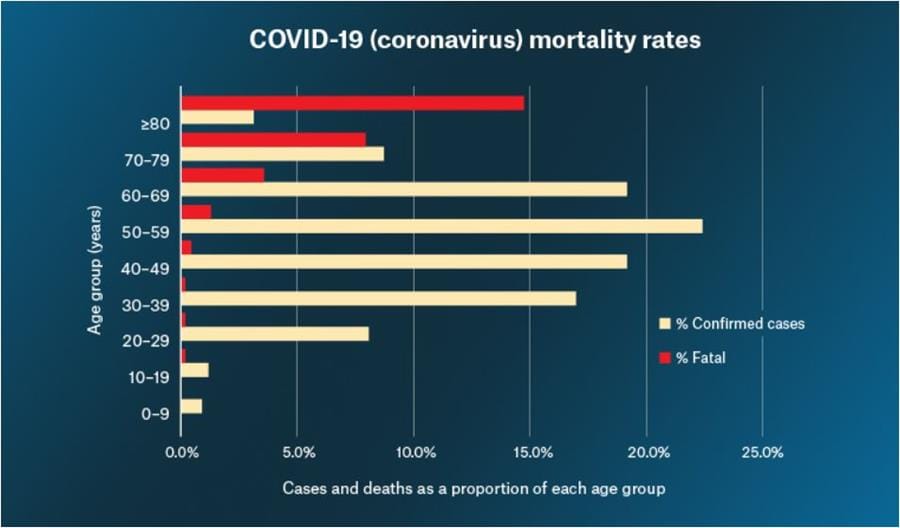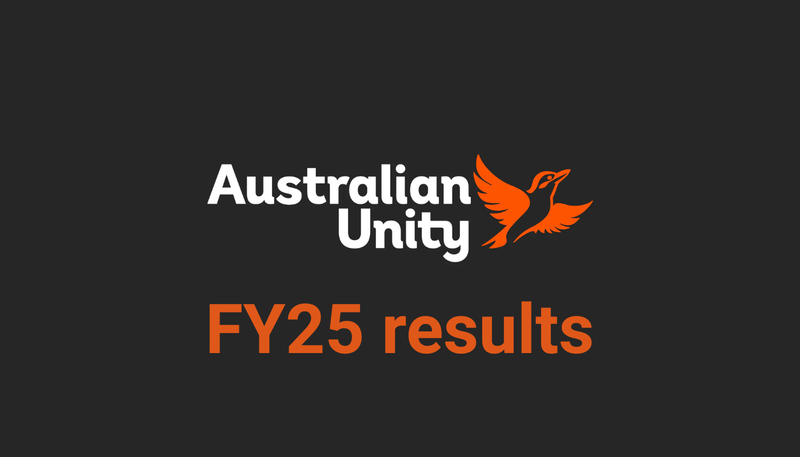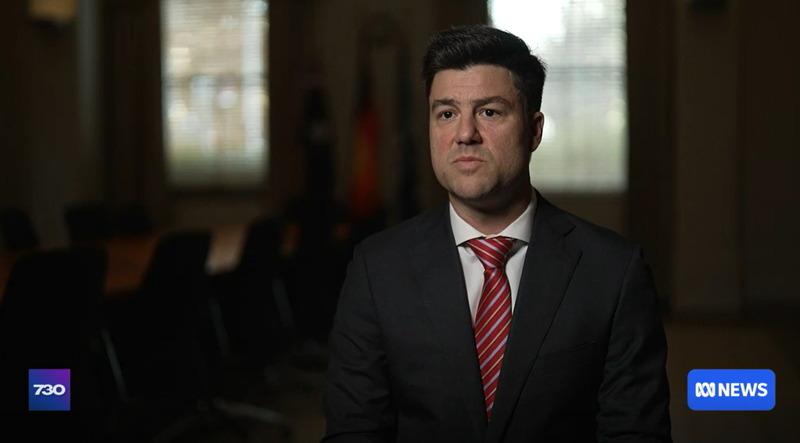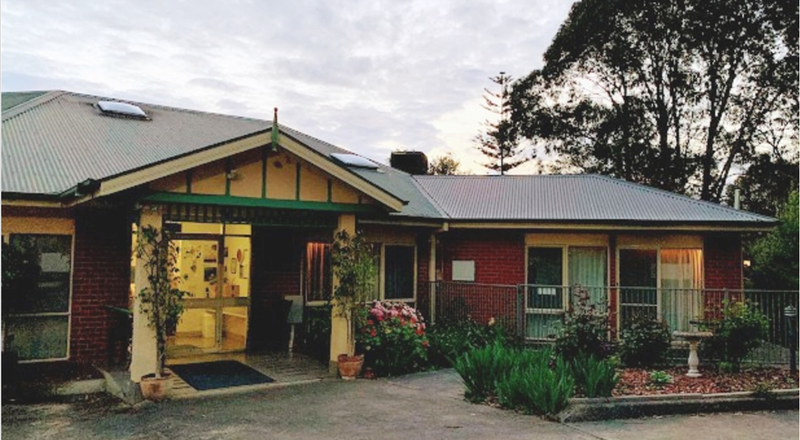Students and overseas workers to fill gap in aged care as coronavirus spreads – should Government start working on social campaign proposed in Royal Commission now?
The sector’s leaders have called for visa holders, students and graduates to be employed to boost Australia’s aged care workforce as the coronavirus outbreak worsens. The first occurrence of the virus in a Sydney aged care facility – which has...

The sector’s leaders have called for visa holders, students and graduates to be employed to boost Australia’s aged care workforce as the coronavirus outbreak worsens. The first occurrence of the virus in a Sydney aged care facility – which has since led to the death of two residents and infected seven people at last count – made headlines, not least because some staff did not show up to work the next day because of their concerns about infection. NSW Health says it was forced to assemble a team of nurses to care for the remaining residents, but the situation demonstrated the precarious position that providers are now in. A 100-bed facility can have up to 100 staff – or more – across care teams as well as administration, maintenance and catering. Pandemic planning says that Australian workplaces should be preparing for up to 40% of staff to be unable to attend work due to quarantine restrictions, personal illness or carer duties – including aged care facilities. That is a minimum of 40 roles that must be covered. We know providers are employing rigorous hand hygiene and infection control procedures as well as tighter restrictions on visitors to stave off outbreaks – at least one provider has banned all family members, friends and staff who have returned from overseas from any country from visiting facilities for 14 days. The reality is however that there will be more facilities affected by the outbreak.LASA CEO Sean Rooney (pictured inset) says the sector put forward several options to increase numbers at last Friday’s Aged Care COVID-19 Preparedness Forum in Canberra between aged care leaders and the Government.
“Currently, we have overseas worker visas that allow people to work up to 20 hours a week in residential aged care, we could extend the hours of work available for those people,” he said.
“Also, looking at the regulatory arrangements around general practice and the use of graduates and students in circumstances where additional capacity is required. If we have people that are currently being trained in the sector but are not fully qualified, they may be useful to be able to do particular tasks in either the acute sector or the aged care sector or indeed in primary care.”
Minister for Aged Care Senator Richard Colbeck said several “novel” ideas would be considered by the Government.
“There have been a range of suggestions that have been pulled together … whether [staff] come in from some outside providers, whether it’s the way we manage the existing workforce,” he said. “So, there’s a range of things that we can work on.”
These measures could provide a temporary fix – but it is still a stopgap. How long will these workers stick around once the crisis has passed – particularly if they end up in a facility that is affected by the virus? One of the other commitments made last week at last week’s forum was for the Government to come up with “strategies to maintain and retain the workforce”. Is it time for some of the ideas outlined at the Royal Commission’s recent workforce hearing to get an outing – namely, a social campaign to change the perception of aged care work?
Witness Dr Katherine Ravenswood (pictured above) was adamant that the failure of New Zealand’s historic 2017 equal pay settlement to deliver more workers into the sector was because there was no change in the public’s respect for aged care work. The Government may argue it has other priorities and that it is waiting for the Final Report in November to release its response. But the Royal Commission has already heard that the sector has too few workers – and is at risk of collapse without intervention. With the sector facing the threat of both coronavirus and flu season, should this kind of campaign become part of the response? Public submissions on the workforce submissions close this Friday, 13 March 2020. If you want to have your say on the future direction of the aged care workforce, this is it. You can find out more about making a submission here.





